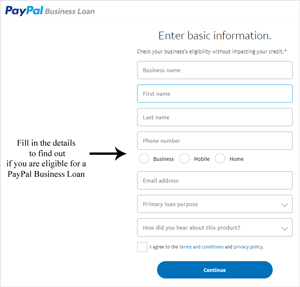Nadeshot Net Worth
posted from https://wealthygorilla.com/nadeshot-net-worth/
Introduction Nadeshot is a former professional American Call of Duty player from Illinois. He is the owner of an esports team 100 Thieves and former captain of OpTic Gaming in the 2014 Call of Duty: Ghosts season. As of 2019, Nadeshot’s net worth is approximately $5 Million dollars. Early Life Matthew Haag was born […]
The post Nadeshot Net Worth appeared first on Wealthy Gorilla.





